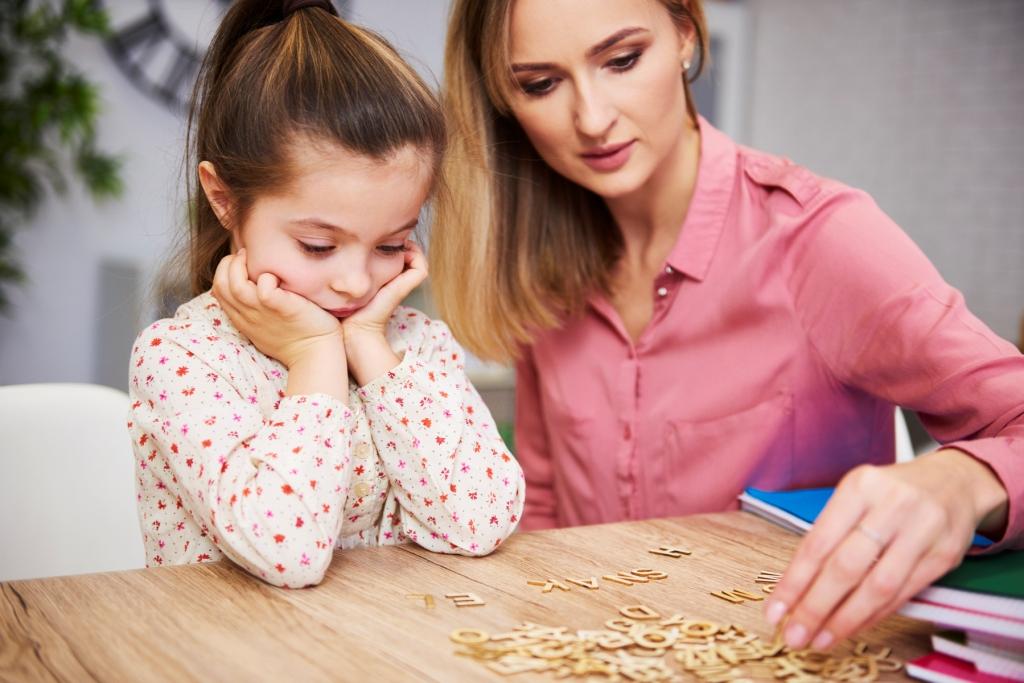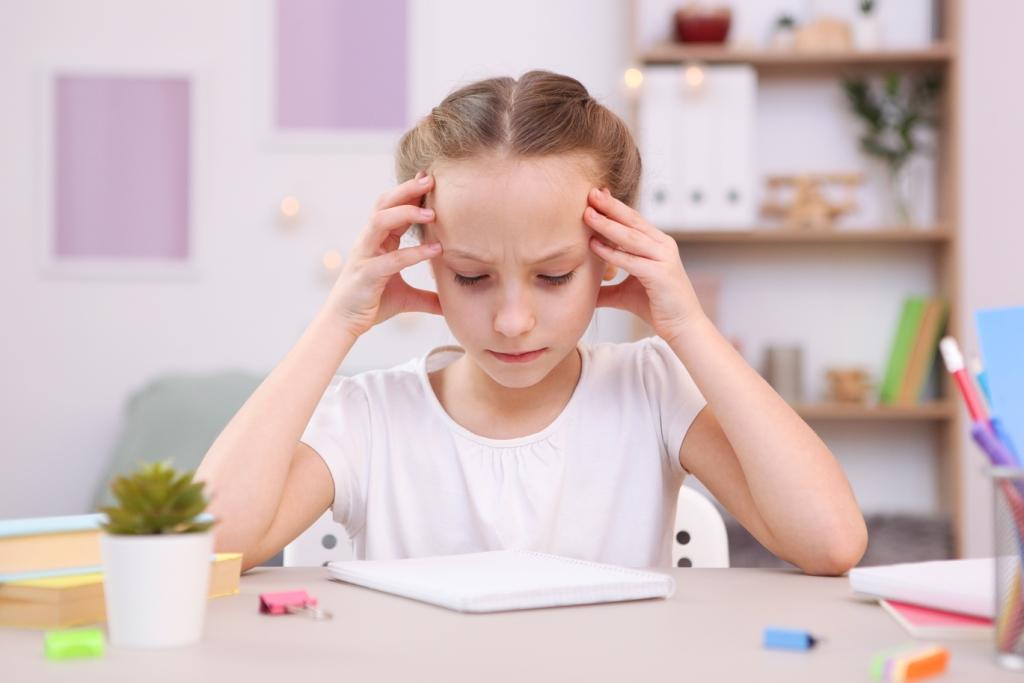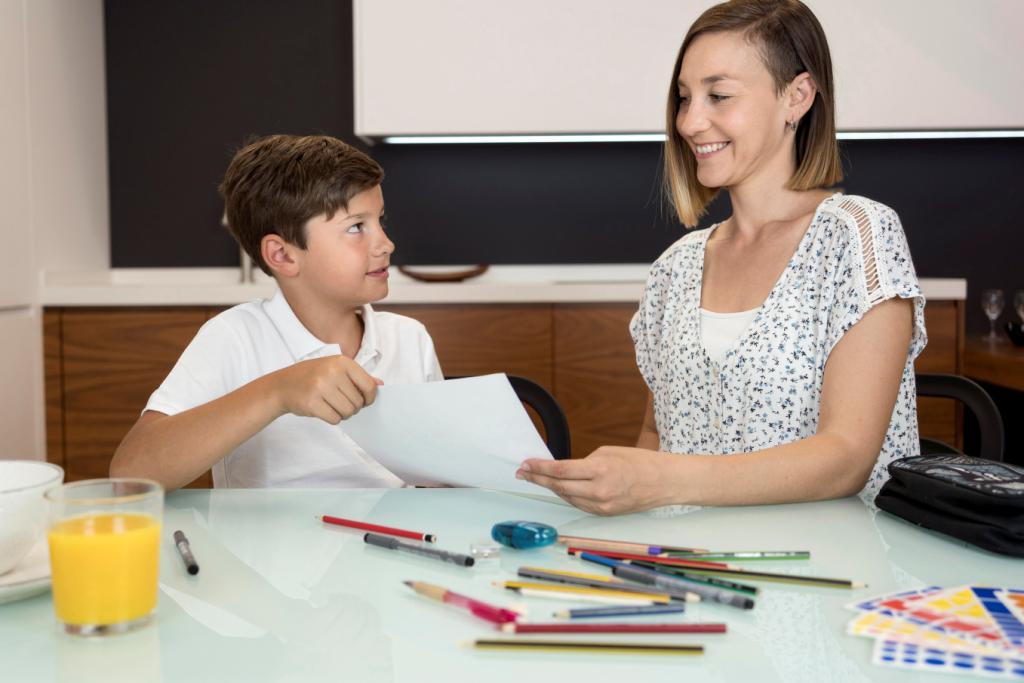Knowing the child and his/her distractions are important aspects of daily life with ADHD. Knowing when to take breaks, redirect attention, or remove unexpected distractions can make the ADHD child calmer and stress free.
Keep things in their place. Making your home a haven for a child with ADHD has far-reaching effects. Declutter the house, and find a fixed place for everything used in the routine. Store these things out in the open as much as possible. Make a tidy-up routine, a ritual to be done, at the end of the day.
Install a whiteboard, or bulletin board. Keep all of the work and tasks to be done in a day, in sight, to be seen at a glance. This will help to manage the work efficiently as the work to be done would be in direct sight.
Minimize distractions. Use noise-cancelling headphones or a white noise machine to help eliminate distractions. Minimize interrupting the child while he/ she is working, since it can be very difficult for people with ADHD to switch gears quickly and easily.
Make the room a no-electronics zone. Electronic devices are notorious for causing distractions. The light from devices interferes with the natural sleep rhythms, and it is easy to get attracted to social media or a game, which stimulates your brain when you need it to be quiet. The child should be assisted in making him/ her de addicted to screentime.
Establish a bedtime and wake-up routine. Routines are important for people with ADHD since these frameworks and habits help them stay on task and switch tasks more easily. Routines help to reduce stress in children with ADHD as they cannot manage sudden changes smoothly.
Take a walk. For moments of high activity at home, taking a walk outside to help the child calm down. Being outside and regular exercise have both been shown to reduce ADHD symptoms. Plan a daily walk into his/ her routine to channelise the energy.
Use a boredom box. Hyperactivity and stress become evident when there is boredom. Create a box of activities geared toward your child’s interests. The box may contain art items, legos, models, or whatever activity tends to hold the child’s interest. To keep the box interesting and novel, switch items once in a while and once he has lost interest, put the box away until it is needed again.
Routine and structure. Even weekends and vacations should have a routine. Children with ADHD thrive in structured environments, when they know what to expect. Allow for transitional time in between activities to help your child move from one to another.
Use music. Soothing music, such as classical music, can help some children calm down. Experiment with different types of music to find out what works for the child, and use in the background for times when activity levels are low, such as homework time, dinner time, or before bedtime.
Create a quiet time area. Create a space in your house for the child to retreat to during “quiet time.” You could use a bean bag chair and have plenty of books, puzzles, and colouring books to keep your child busy and quiet.
Stay calm yourself. Children react to the reaction of their parents. If you get upset, frustrated, or angry, their hyperactivity levels may increase. Staying calm and reacting with a neutral voice will help the child to remain calm. Whenever in stressful condition, take a few deep breaths, go into the other room, and reanalyse the situation.
Shared by: Dr Puja Kapoor, Paediatric neurologist and co-founder of Continua Kids






